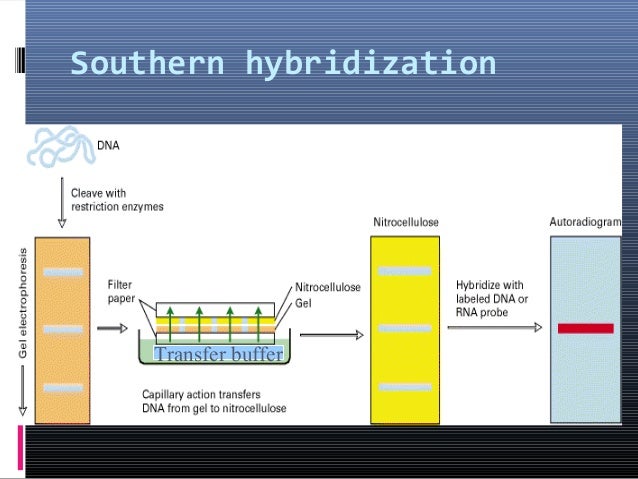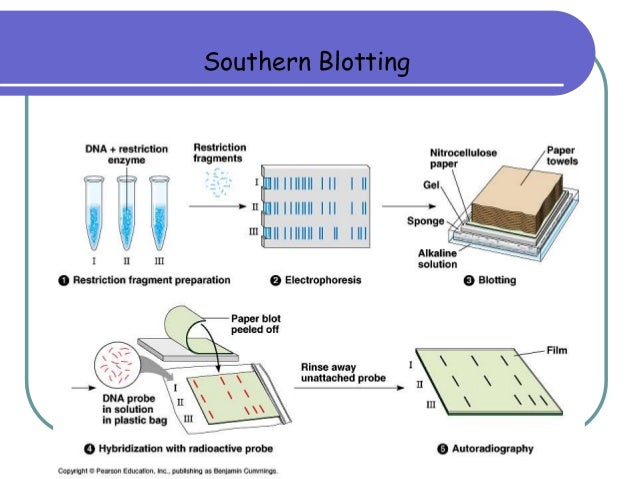
The DNA fragments attached to the filter are then exposed to a strand of radioactively-labeled DNA that is complimentary to the DNA strand on the plate that is of interest. The relative positions of the DNA fragments are preserved during their transfer to the filter. The reason for transferring the DNA fragments to a solid support (usually a nitrocellulose plate) is that the DNA is inaccessible to DNA probes while embedded in the gel. The DNA is denatured and transferred from the gel to a solid support.

These techniques don’t detect the presence of DNA, but rather the presence of Proteins and RNA, respectively.ĭNA is digested with one or more restriction enzymes, and the resulting fragments are separated according to size by electrophoresis through an agarose or acrylamide gel. Soon after however, additional analogous techniques known as Western Blotting and Northern Blotting (among others), were cleverly named eponymously to follow closely follow the convention behind the naming of Southern Blotting. Southern Blotting was the first technique of its kind. Southern blotting is a hybridization technique that enables researchers to determine the presence of certain nucleotide sequences in a sample of DNA. Southern blotting is a technique used to determine the presence of a specific DNA sequence within a mixture via agarose gel electrophoresis. It is an effective way to identify a specific DNA pattern by the following procedures.

Southern blotting, which is named after its inventor, Edwin Southern, is a common technique used in molecular biology to separate and characterize DNA. A gel envelope that is to be placed on a test pad in preparation for Southern blotting, photo by Linda Bartlett,


 0 kommentar(er)
0 kommentar(er)
